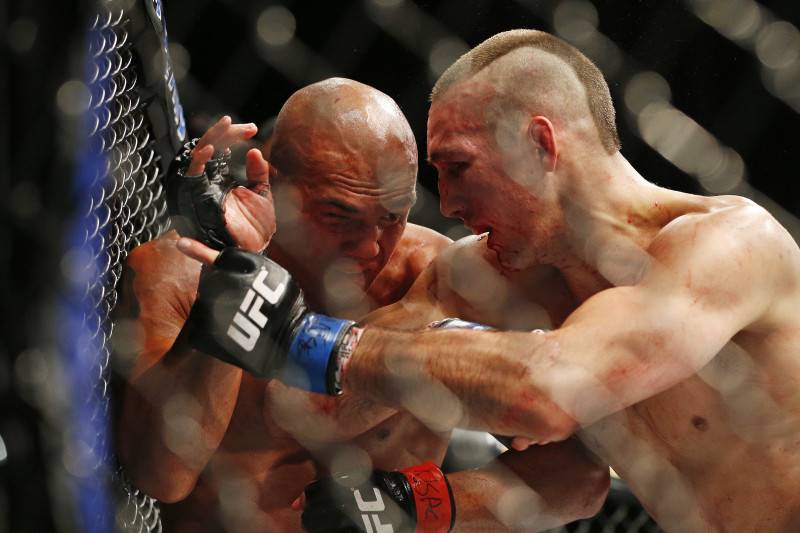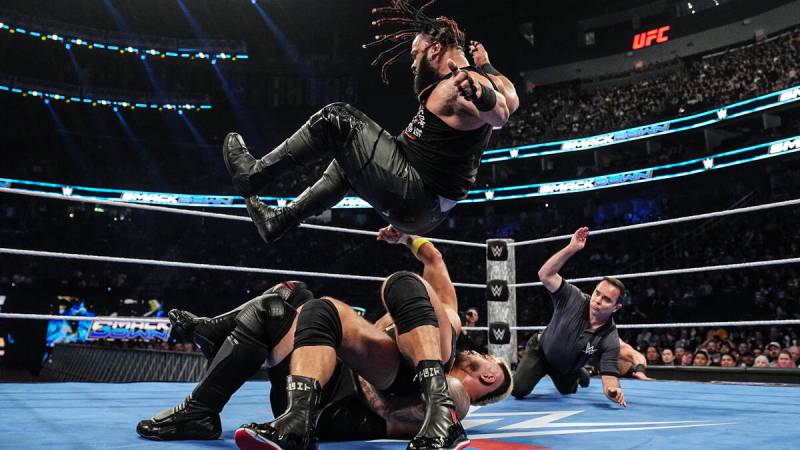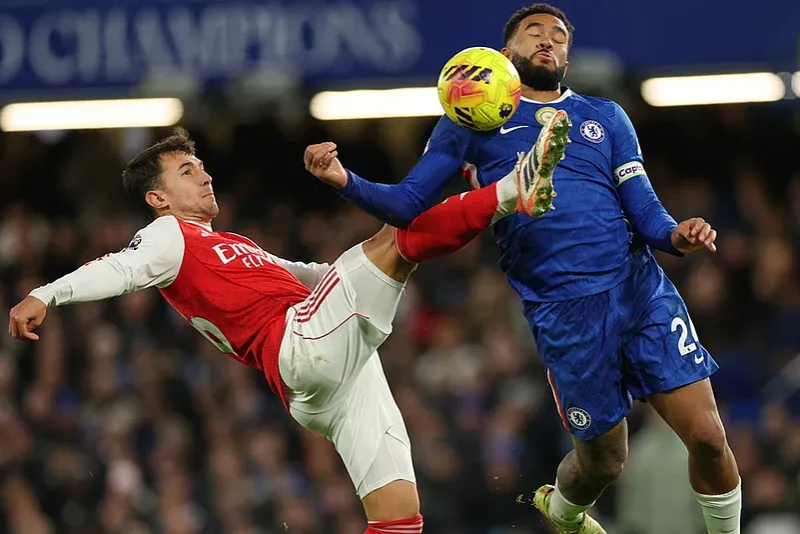New research casts doubts on claims that Ultimate Fighting Championship (UFC) events encourage aggressive and criminal behavior. The study, published in the Journal of Health Economics, provides evidence that UFC mixed martial arts fights and related TV programs coincide with reductions in violence among individuals.
There have been concerns that media content, including violent TV shows and video games, can promote aggression. But much of this research has taken place in laboratory settings and the observed behaviors might not reflect how people act in their natural environment.
“There is a paucity of research on the effects of violent media content outside of laboratory experiments and thus little is known about how this content — as experienced in everyday life — affects individuals,” explained Jason Lindo, a professor of economics at Texas A&M University and the corresponding author of the new study.
The UFC began organizing and promoting mixed martial arts events in the early 1990s. The reality TV show The Ultimate Fighter, in which fighters competed for a contract with the UFC, later debuted on Spike TV in 2005 and helped to bring mixed martial arts into the mainstream.
The researchers used Nielsen ratings and arrest data compiled by the FBI to analyze the relationship between watching The Ultimate Fighter and crime. Their dataset included crime statistics in 41 states from 2001 to 2016. Using variation in viewership for the TV time slot that would later become the time slot for new episodes of The Ultimate Fighter as a comparison group, Lindo and his colleagues observed “an immediate effect on the violent crime rate with the commencement of Season 1.” The reduction in violent crime persisted for five years.
The researchers also analyzed the potential effects of 91 UFC Main Events between 2010 and 2016 using hourly crime data from police agencies across the United States. “The fact that these events are scheduled irregularly throughout the year is a distinct advantage that is critical to the empirical strategy that we use in this section, which compares how rates of crime change around the time of these events relative to the same times on otherwise-similar days,” Lindo and his colleagues explained. They found approximately 0.5 percent fewer assaults in bars in the hour after the event had begun airing.
“We find no evidence that consuming this sort of content increases involvement in crime. In fact, we find that it actually reduces involvement in violent crime, particularly assaults,” Lindo told PsyPost.
“We believe that it is particularly informative that our results reinforce the findings of prior well-identified field studies. As a whole, this evidence suggests that we should be skeptical about policy prescriptions that are based on the wealth of laboratory-based studies, given that the short-run effects that might be expected from those studies have not been found in rigorous studies of individuals in their natural environments.”
But the study, like all research, includes some caveats.
“Each study provides but one point of context, and contributes to a very complicated question that implicates a wide and diverse set of content, all of which is typically lumped together as ‘violent media content,'” Lindo explained. “Moreover, the effects identified in each study are specific to the set of individuals induced into violent media consumption by the specific circumstances under consideration.”
“As the literature grows, it will be critical for researchers to consider whether violent media content is violent crime-reducing in general, or whether the effects vary according to the specific characteristics of the content or the individuals induced into consuming the content,'” Lindo said.




